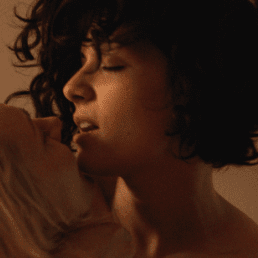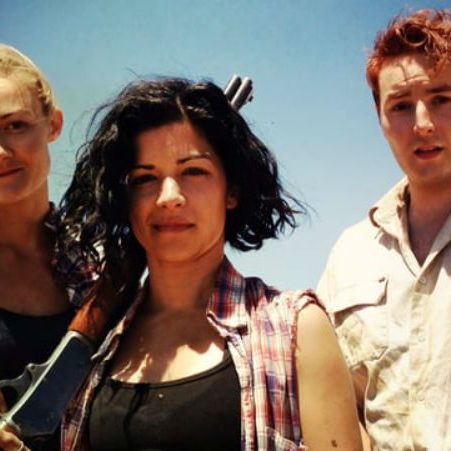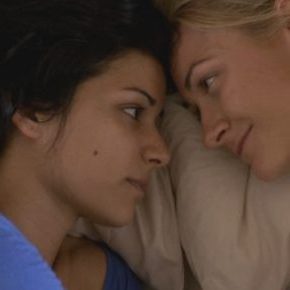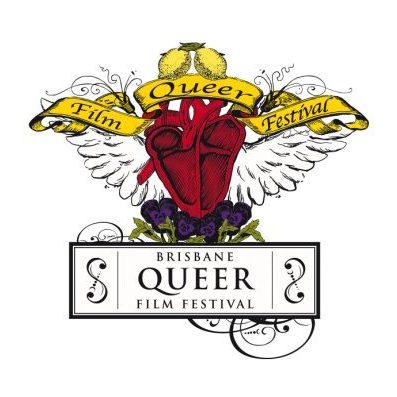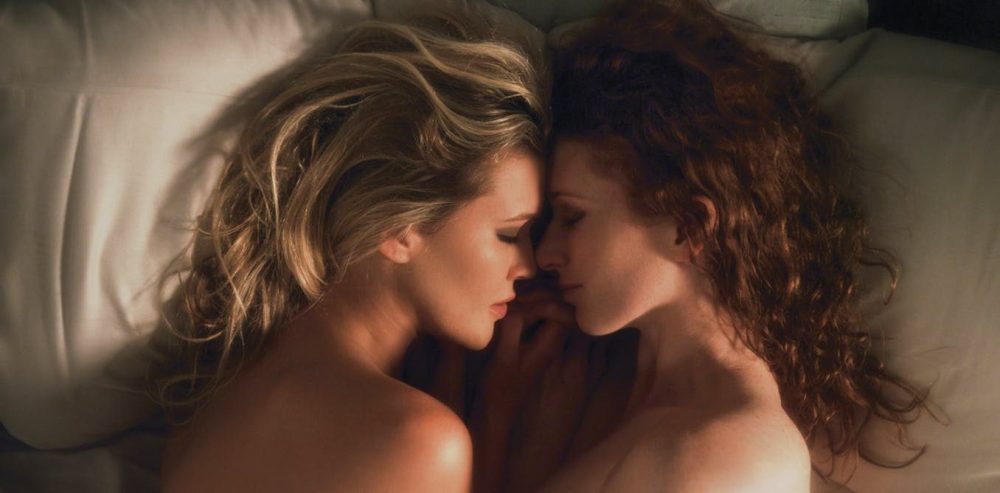 The 2015 Melbourne Queer Film Festival (MQFF) provides an ideal opportunity to reflect on what might have changed since the 1990s with regard to lesbian representation in cinema and to consider more broadly the role played by queer film festivals.
The 2015 Melbourne Queer Film Festival (MQFF) provides an ideal opportunity to reflect on what might have changed since the 1990s with regard to lesbian representation in cinema and to consider more broadly the role played by queer film festivals.
![]() Back in 1992, when I was still attending high school, I convinced a friend to sneak in with me to the R-rated film Basic Instinct. I must confess that this course of action was not prompted by the acting skills of Michael Douglas but was rather due to the well-publicised lesbian scenes that were dotted throughout the film.
Back in 1992, when I was still attending high school, I convinced a friend to sneak in with me to the R-rated film Basic Instinct. I must confess that this course of action was not prompted by the acting skills of Michael Douglas but was rather due to the well-publicised lesbian scenes that were dotted throughout the film.
It strikes me today as very unfortunate that one of the only non-heterosexual female characters in a major film during my high school years was one portrayed as an ice-pick wielding murderer. Where were the more realistic representations, including the happy lesbians?
The 2015 Melbourne Queer Film Festival (MQFF), which runs until March 30, provides an ideal opportunity to reflect on what might have changed since the 1990s with regard to lesbian representation in cinema and to consider more broadly the role played by queer film festivals.
Australia has been well served by these events. 2015 marks the 25th anniversary of the MQFF, which makes it Australia’s longest continually running event of this kind. There have been queer film festivals in one form or another in Sydney since the 1978 Gay and Lesbian Film Festival.
Today Sydney enjoys the various screenings organized under the banner of Queer Screen. In 2015, the Brisbane Queer Film Festival enters its 16th year and there have been queer film festivals in many others parts of Australia, including locations as disparate as Bendigo, Hobart and Lismore.
Whose queer experience?
The curators of queer film festivals undertake a challenging task, assembling as best as possible a cinematic selection that reflects what is a very diverse lesbian, gay, bisexual, transgender, intersex and queer (LGBTIQ) community. There is a particular importance here.
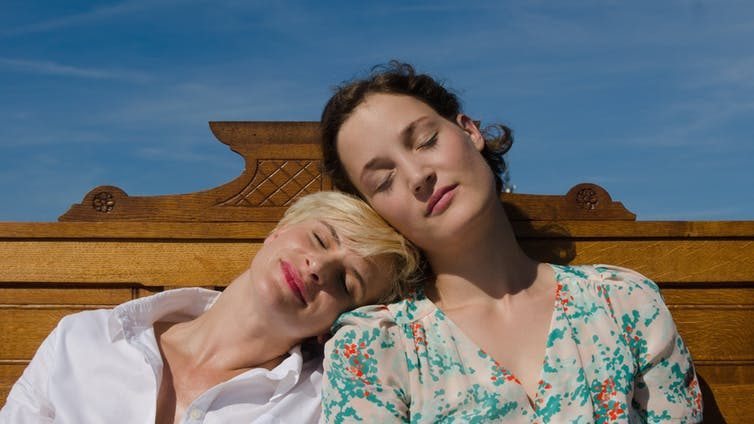
The thrill of first love, the loss of a partner and the challenges posed by ageing are human experiences but are largely canvassed from a heterosexual viewpoint. Members of a marginalised community find a certain liberation in viewing cinematic representations that speak to their own lives.
It is difficult to convey the exhilaration that can be received from recognising elements of your own intimate life magnified on a cinema screen. There is also an important communal aspect to these festivals. They provide an opportunity for socialising in an LGBTIQ safe space away from gay pubs and nightclubs, spaces which may not appeal to everyone.
The ongoing need for LGBTIQ film festivals is also underscored by failures on the part of mainstream cinematic festivals and a lack of LGBTIQ representation in mainstream cinema. As recently as 2013, Tropfest, the world’s biggest short film competition, chose Bamboozled, which exploited transgender themes, as the winner of its competition.
There has certainly been some movement towards LGBTIQ inclusion and representation on the part of mainstream cinema since the 1990s with films such as Milk (2008) and The Kids are All Right (2010) receiving commercial success and critical acclaim.
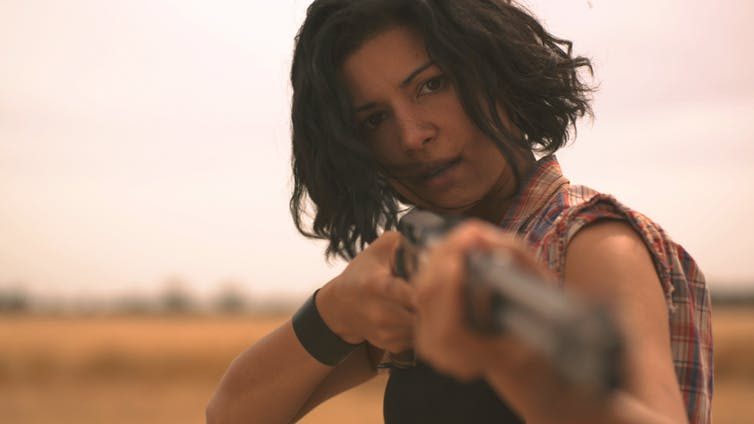
The Gay and Lesbian Alliance Against Defamation (GLAAD) in the United States has pointed out that there is still a considerable distance to be traversed in terms of LGBTIQ inclusion in mainstream cinema. According to GLAAD’s 2014 Studio Responsibility Index, only 16.7% of major US studio release contained characters identified as either lesbian, gay, bisexual or transgender.
More than half of these characters (64.7%) were gay male characters, while 23.5% were lesbian characters, 17.7% were bisexual and 11.8% were transgender. One wonders how many diverse racial backgrounds or types of disability were represented among these figures?
Where are the lesbians on film?
The lesbian characters who do tend to be included in mainstream films still tend be poorly developed, to be inserted into the plot for the sake of male titillation or to be more likely to die. The distance from Basic Instinct sometimes does not feel so far. Australia has no similar system of ranking to GLAAD’s figures but a cursory scan of the films showing at my local Hoyts cinema reveals the US figures hold some weight here.
There are currently no films playing that feature lesbian characters.
Given the lacklustre representation of LGBTIQ characters in mainstream cinema, it is hardly surprising that Queer Film Festivals are still selling out their sessions. This year, the Melbourne Queer Film Festival features a strong lineup of films from across the LGBTIQ community, including several featuring lesbian characters.
That dominant producer of silver screen dreams, the United States, is well represented. US films with lesbian themes screening this year include Anatomy of a Love Seen, a 2014 US film about two actresses forced to spend time reshooting a love scene after their breakup, The Foxy Merkins, a 2013 comedy about the relationship between a heterosexual sex worker and a lesbian sex worker and the 2014 youth-driven comedy, Girl Trash: All Night Long.
This final film is particularly interesting as it has been produced by the non-profit POWERUP organisation, founded with the expressed intention of increasing the represention of same-sex attracted women in cinema.
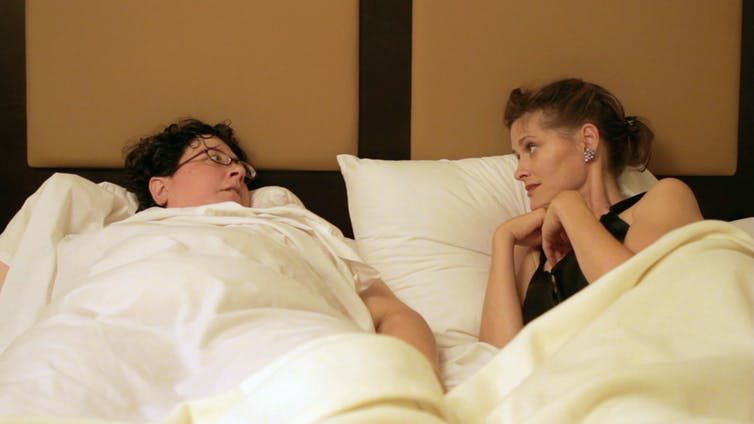
Other lesbian-themed films showing include the 2014 German production, The Chambermaid Lynn, which is being touted as the lesbian answer to Fifty Shades of Grey. Further international representation is also provided with the Boobtube session, a collection of lesbian short films from around the world.
It is also particularly encouraging to see Australian lesbian films represented this year in Melbourne with the selection of All About E.
As part of this screening, the MQFF is also hosting a Q&A to inform those in attendance about the mechanics of filmmaking. This will include discussion of the writing process, directing, fundraising, legal aspects, production, marketing and distribution.
The session providing information on filmmaking for budding lesbian creators might be the most significant part of the MQFF. The ongoing lack of lesbian representation in cinema is not due to a lack of lesbian desire to see themselves represented.
The ongoing success of queer film festivals testifies otherwise. The problem stems from a lack of willingness on the part of mainstream cinema to create thoughtful and developed lesbian characters. Perhaps the way forward includes the development of mentoring and non-profit organisations that can craft original and intelligent lesbian characters, along with the continued facilitation of spaces to show these productions in the form of queer film festivals, at least until the balance is recast and suburban teenagers – and older and younger lesbians too – can access a diverse set of lesbian characters at their local cinemas.
Shirleene Robinson, Vice Chancellor’s Innovation Fellow, Macquarie University
This article is republished from The Conversation under a Creative Commons license. Read the original article.

